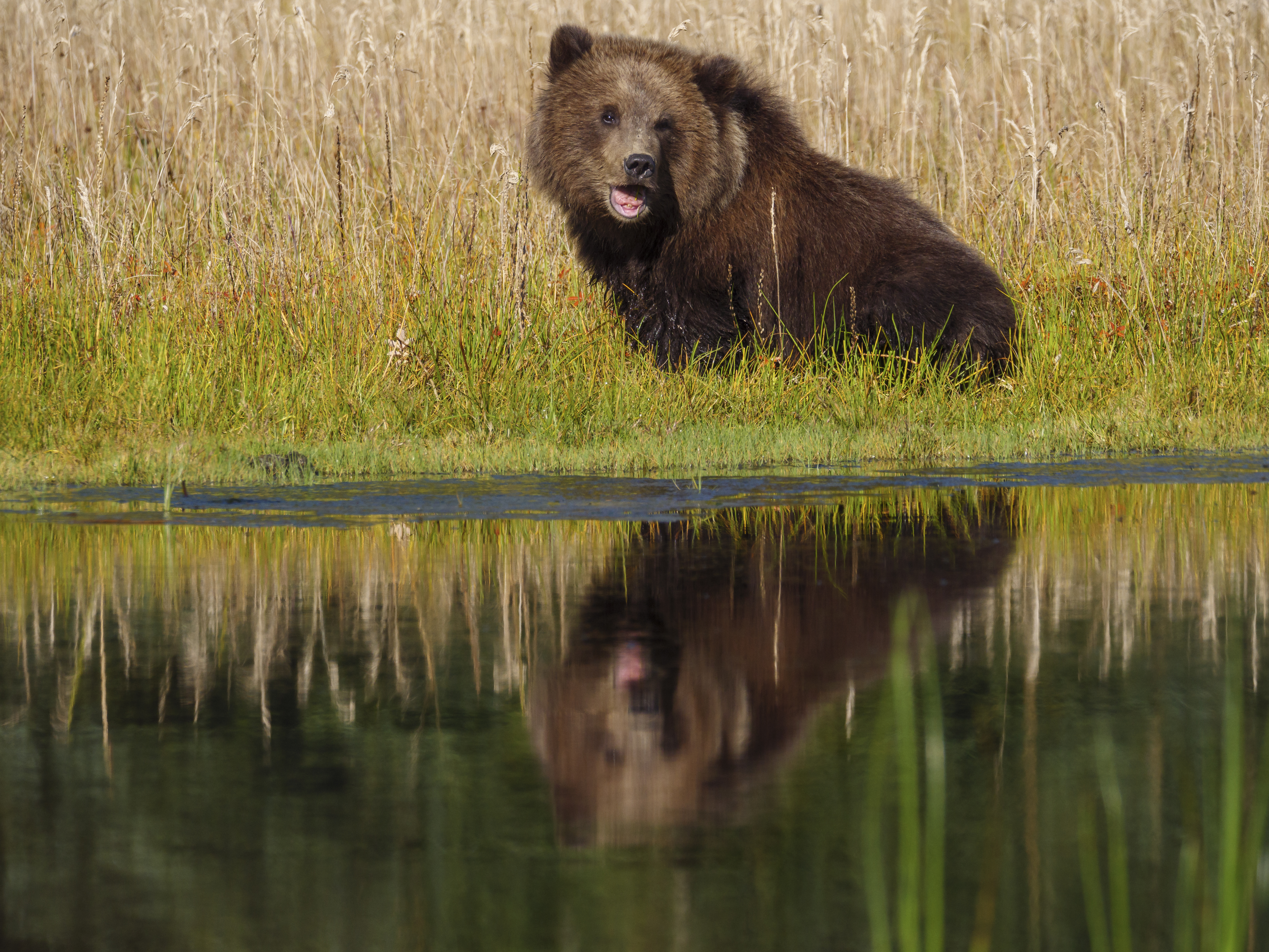It’s no fish tale.
Giant goldfish have been appearing in freshwater lakes around the country. It’s a development that has surprised people.
“Honestly, I was in shock. I almost fell off my kayak,” Buffalo teacher and avid fisherman Mike Loughran told TODAY about the first time he saw a giant goldfish.
Loughran, who uses the handle "fishlikemike" on social media, says he’s caught roughly 10 of the giant fish on Lake Erie.
Get Boston local news, weather forecasts, lifestyle and entertainment stories to your inbox. Sign up for NBC Boston’s newsletters.
“It’s just crazy to see something that, growing up, you go to the fair and you get a little goldfish in a bag. All of a sudden, you’re seeing one 14, 15 inches long,” he said.
It’s not just that they’re big, either. There’s also a population explosion that has “negative impacts on aquatic ecosystems and native species,” according to a November study in the Journal of Great Lakes Research.
"(The) goldfish have the potential to move greater distances than we anticipated, which has implications for invasion into new areas," the Journal of Great Lakes Research study said.
U.S. & World
Researchers in the study listed options for reducing the population of the colossal fish, including scooping them out with commercial nets.
“There are literally millions of goldfish in the Great Lakes, if not tens of millions,” Dr. Nicholas Mandrak, a professor of biological sciences at the University of Toronto Scarborough, told the New York Times.
Goldfish are known for taking up space in pet stores and children’s bedrooms, so how have we reached a point where they are now having a negative impact on lakes?
Experts told TODAY's Maggie Vespa it's due to human error, like pet owners flushing goldfish into lakes or streams near their homes.
“They are just people’s pets that have been washed out or people released into their local lakes and rivers and they keep growing, as long as they have food,” Dr. Prosanta Chakrabarty, a professor in the Department of Biological Sciences at Louisiana State University, told TODAY.
This story first appeared on TODAY.com. More from TODAY:



